Photovoltaic agriculture refers to a business model that is scientifically designed and reasonably grafted to photovoltaics on the basis of agricultural business facilities in the course of agricultural production practices in order to achieve multiple uses of one place and increase the output rate of a unit of land.
Advantages of photovoltaic agriculture.
During the design, construction and operation of PV power stations, the space necessary for agricultural planting and breeding is reserved to ensure that the physiological needs of plants and animals are met while the PV power station is generating electricity normally, so as to achieve the effects and benefits of complementary agriculture and light, realize the integration and innovation of ecological agriculture and circular agriculture technology models, and provide strong technical support for sustainable agricultural development.
“Photovoltaic + agriculture” is an emerging form of agriculture, which not only solves the problem of power supply needed to power water and irrigation machinery, avoiding the competition between the photovoltaic industry and agriculture for land, but also allows the extra electricity to be sold to the national grid.
Patterns of photovoltaic agriculture.
At present, there are four main modes of photovoltaic agriculture, namely photovoltaic planting, photovoltaic farming, photovoltaic water conservancy, photovoltaic village houses, which are further divided into mushroom photovoltaic, fishery photovoltaic, vegetable (melon and fruit) photovoltaic, livestock and poultry (pasture) photovoltaic, forestry photovoltaic, medicinal herb photovoltaic, ecological photovoltaic, water conservancy photovoltaic, etc. In the current wave of rapid development of the photovoltaic industry, photovoltaic agriculture plays an important role and has broad development prospects.
1. Photovoltaic + vegetables / fruits
The organic combination of photovoltaic power generation on the roof of the shed and agricultural planting under the shed, leading to the transformation and upgrading of the agricultural industry. Crops, you can plant aerospace vegetables or shade-loving plants, this type of project can also do some tourism agriculture.
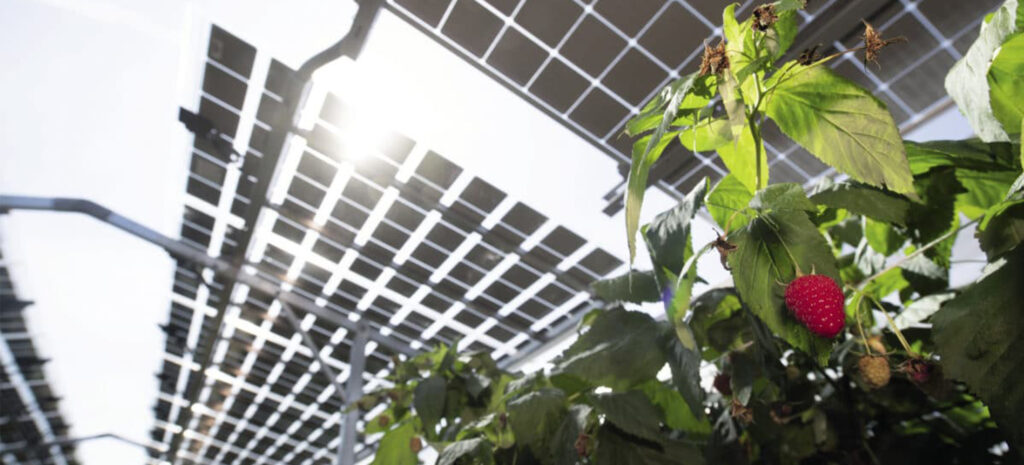
2. Photovoltaic + farming
Photovoltaic plus farming, can be free-range, can also build a farming shed, you can breed sheep, pigs, chickens, cows, cattle, rabbits, etc., mostly herbivorous animals.
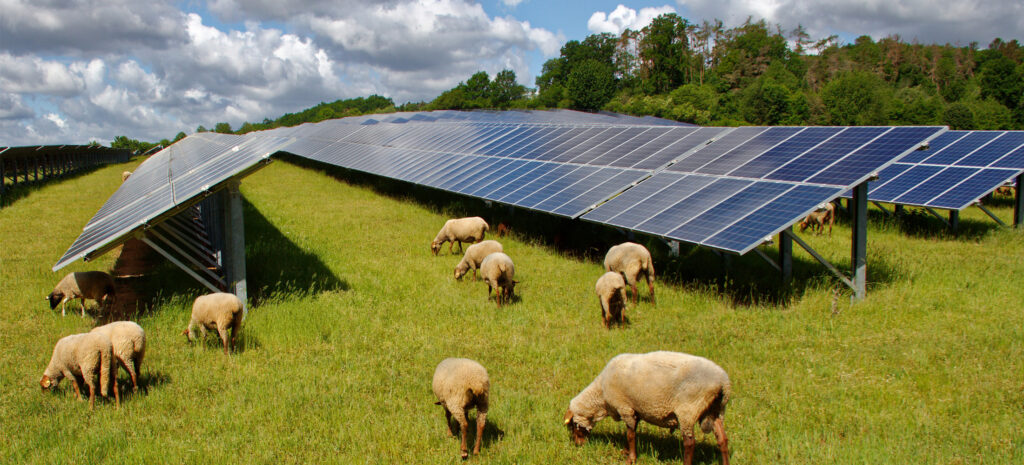
3. Photovoltaic + fishing (fishery and light complementary)
Use the vast area of fish ponds, install solar panels on top to generate electricity, photovoltaic modules three-dimensional arrangement above the water surface, aquaculture below, two uses in one place, the profit is significantly higher than simple aquaculture.At present, the main classification of fishery-photovoltaic complementary are closed, open, floating and span type. Generally built in lakes, rivers, ponds, streams, coal mine subsidence areas, rice paddies and other areas.
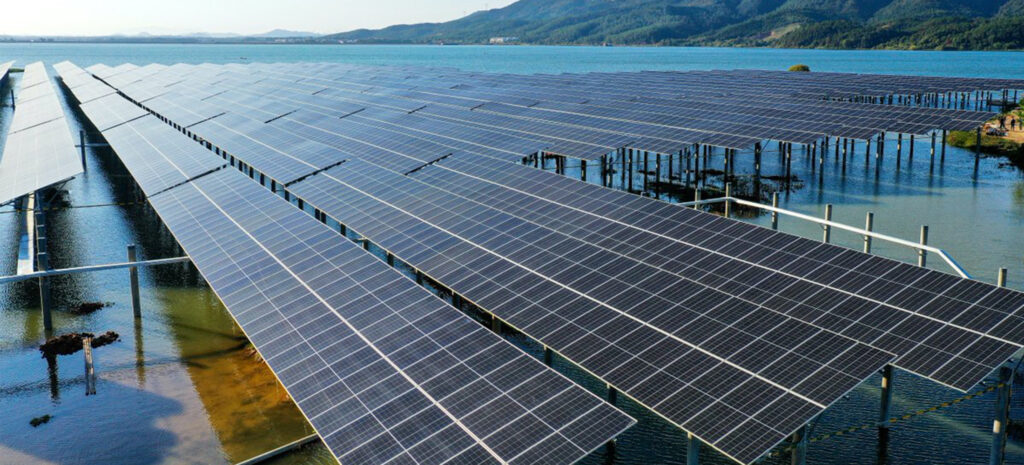
4. Photovoltaic+Forestry
Forestry light is common gardening, forestry, fruit trees, the State Forestry Administration on forestry policy appropriate liberalization also provides a certain amount of space. This mode, suitable for planting in the low light type, shade type flower seedling photovoltaic greenhouse, closed, open photovoltaic agricultural greenhouse.
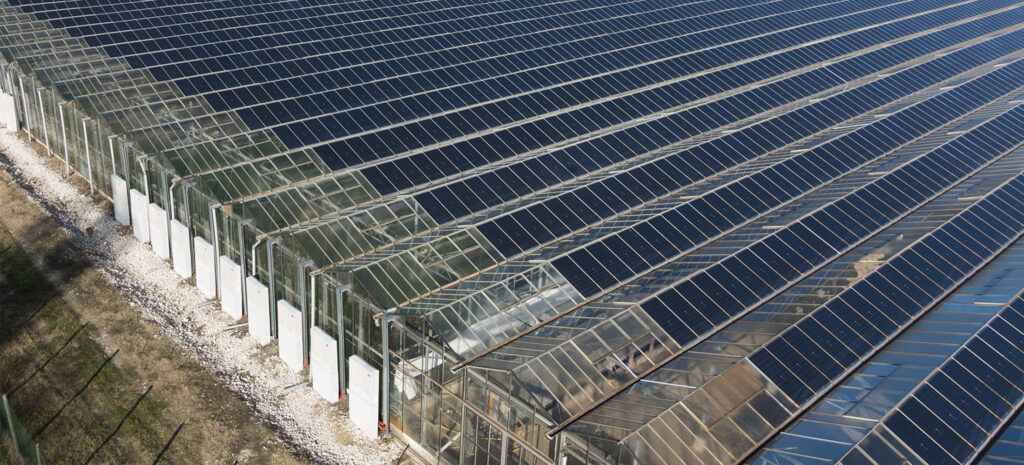
5. Ecological photovoltaic
The use of barren hills and slopes, saline land, abandoned coal mine area and other idle land, the development of ecological photovoltaic, the construction of photovoltaic power station, can achieve environmental protection, economic benefits of double harvest, but also to make these abandoned land rest and recuperation, a multi-benefit.
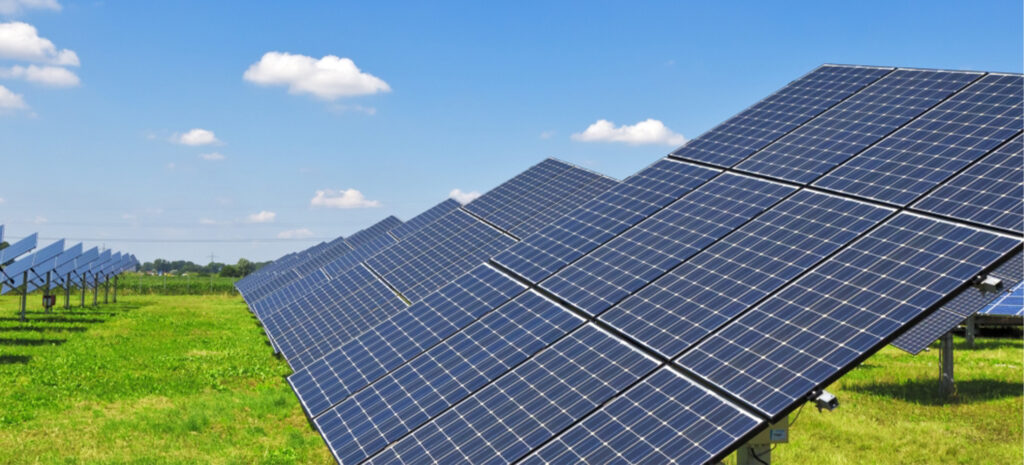
6. Photovoltaic + water conservancy
Remote rural areas, especially mountainous areas, islands, in the solution of production, living electricity at the same time, to promote the development of rural electromechanical drainage and irrigation, water-saving irrigation and other modern farmland water conservancy technology, in order to achieve the purpose of saving manpower, financial resources, material resources, electricity.The fields or technologies involved in PV water conservancy are PV water lifting system (or PV water lifting system), farmland drainage and irrigation, water-saving irrigation and its control system and PV domestic water, PV seawater desalination, PV sewage treatment, etc. The fields are very wide.
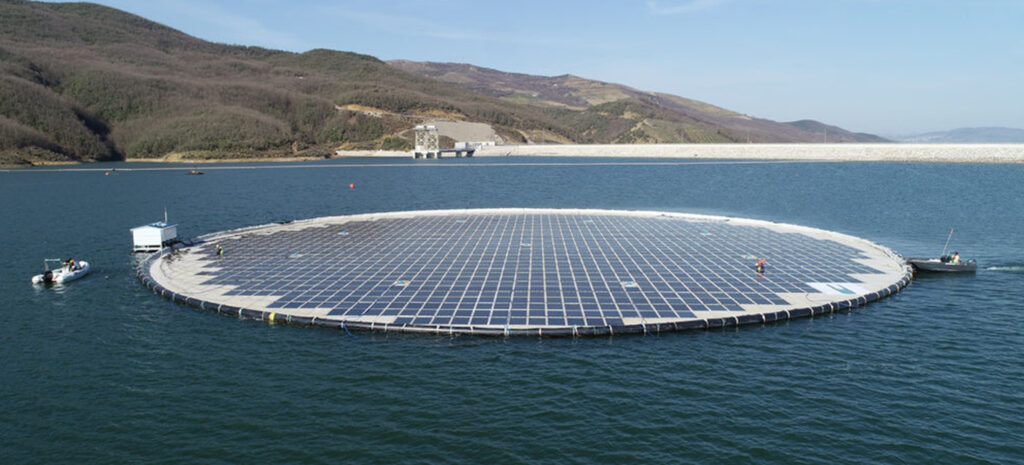
Maysun Solar is a professional PV panel manufacturer with more than 14 years of experience in PV, we can provide you with suitable PV panels, please contact us to get a quote.

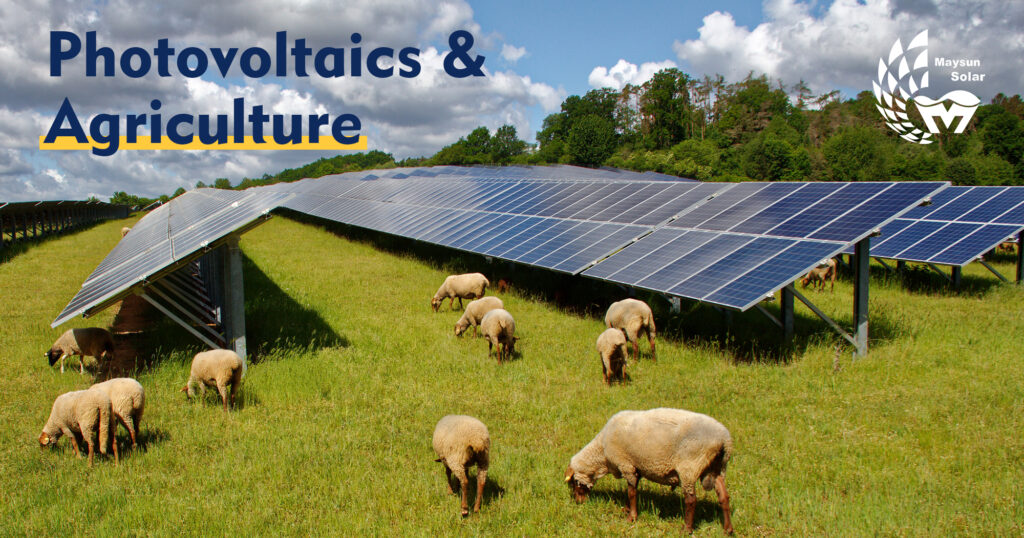
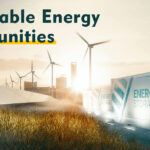

Pingback: Commercial and industrial PV application scenarios